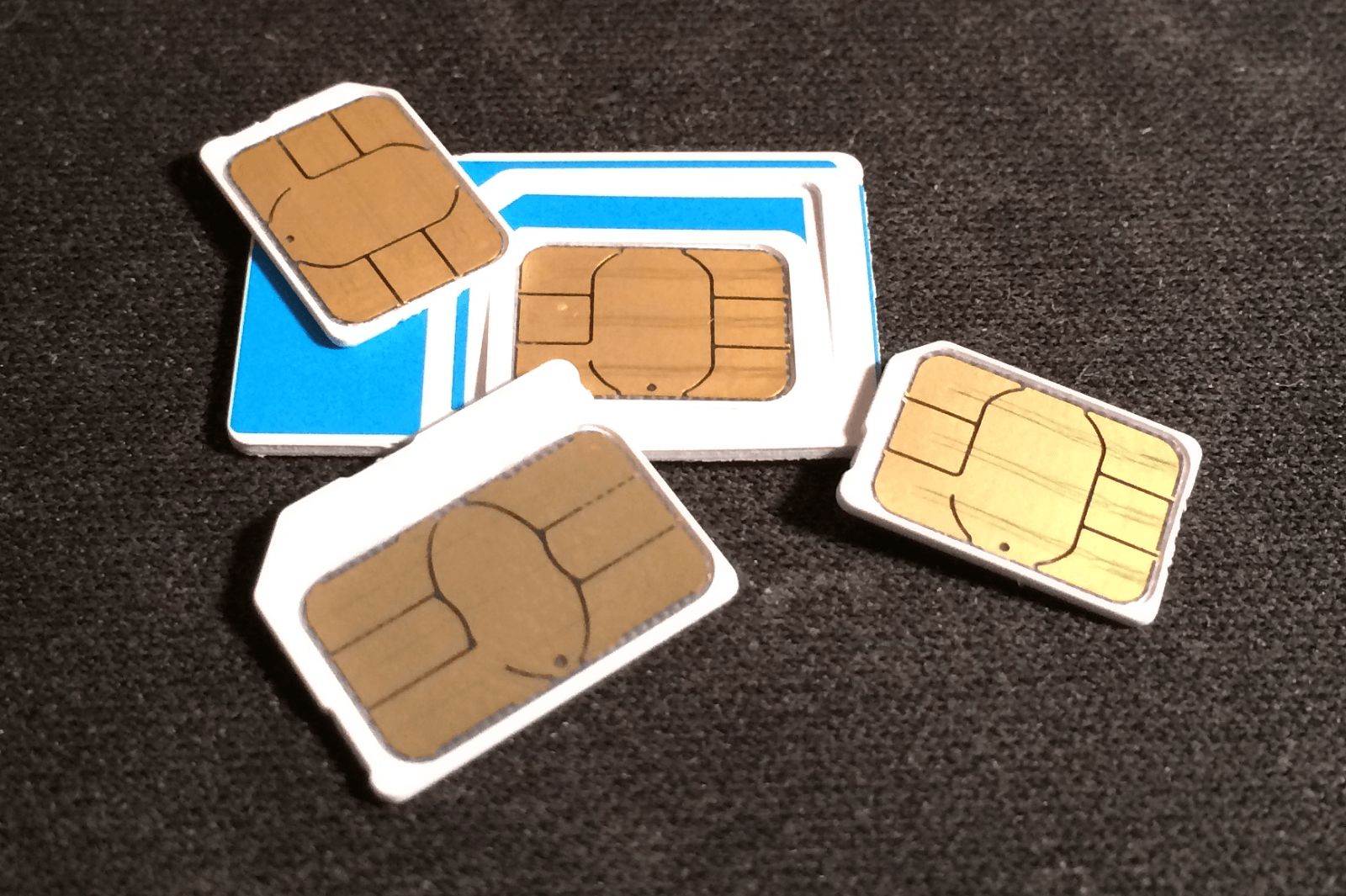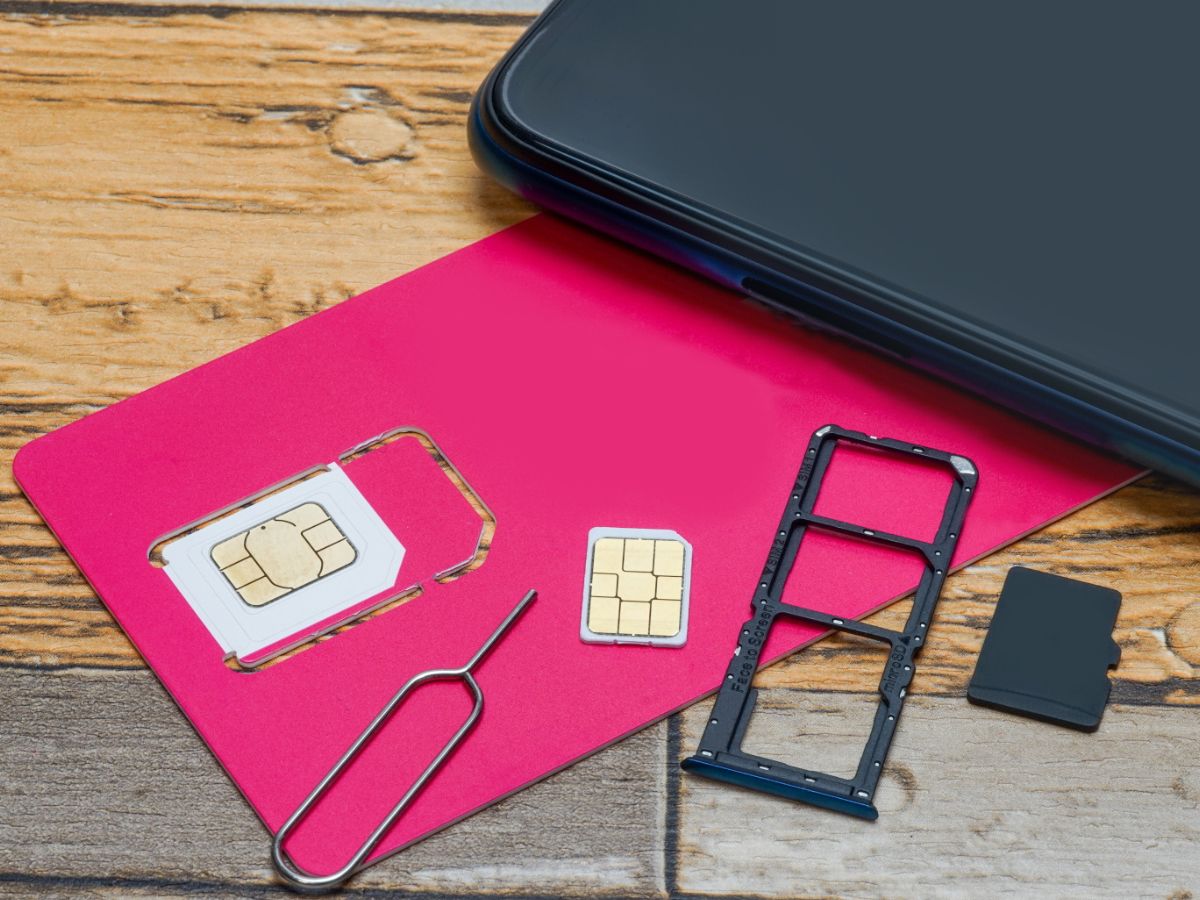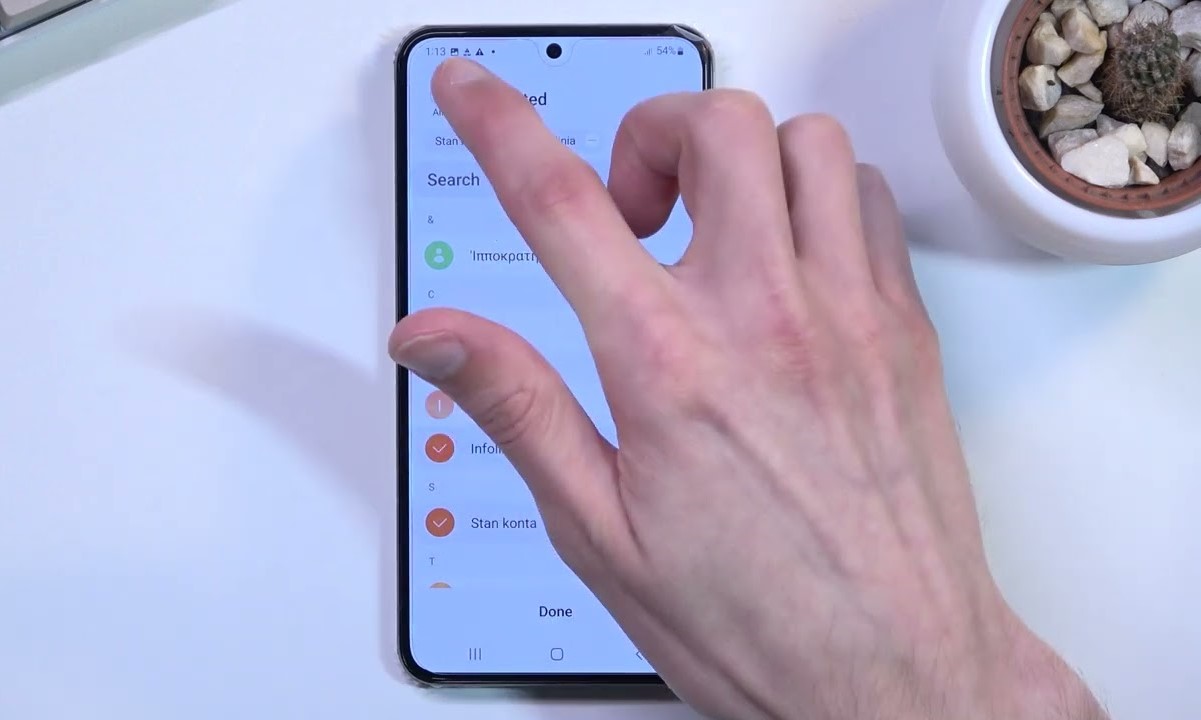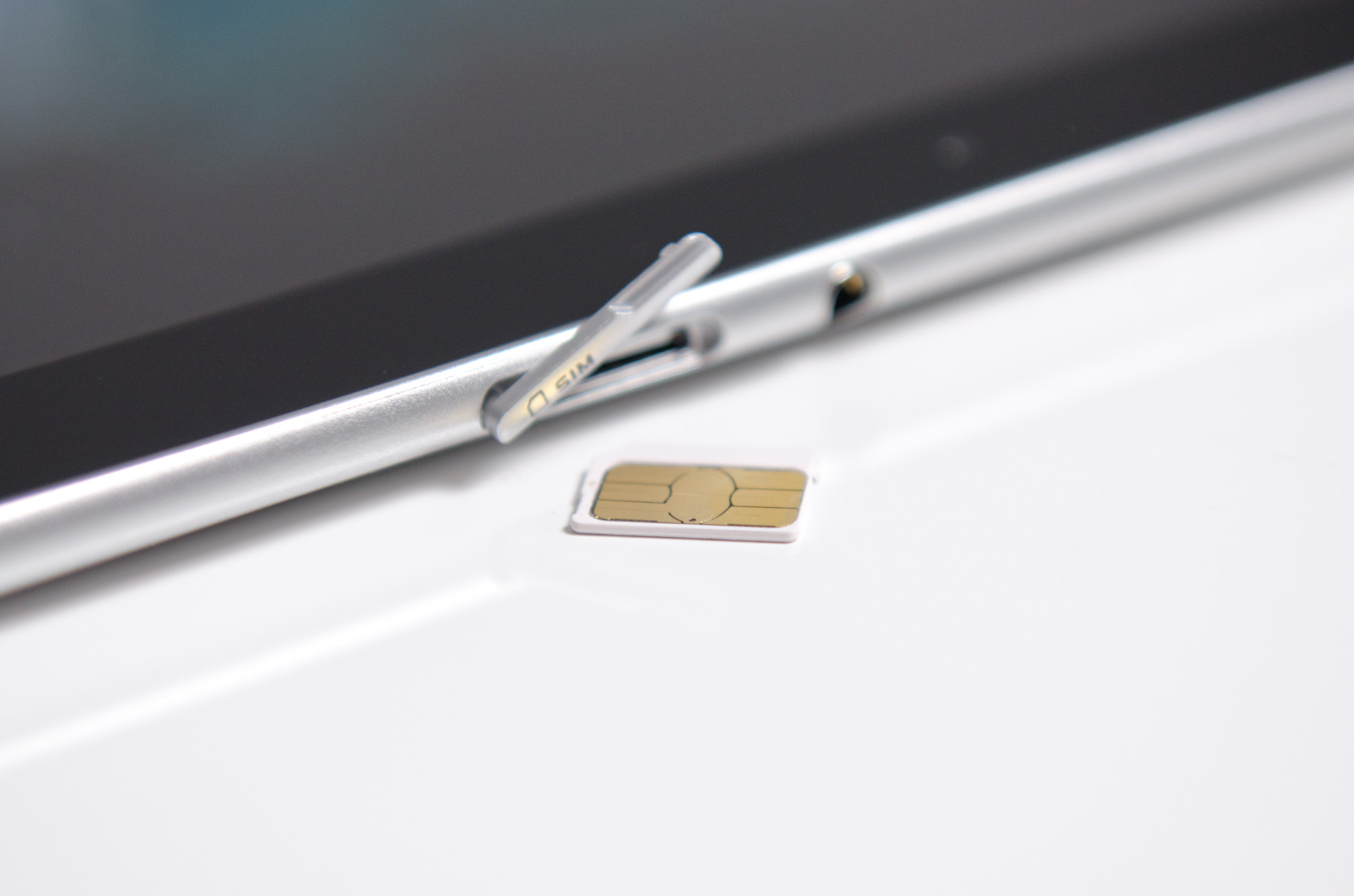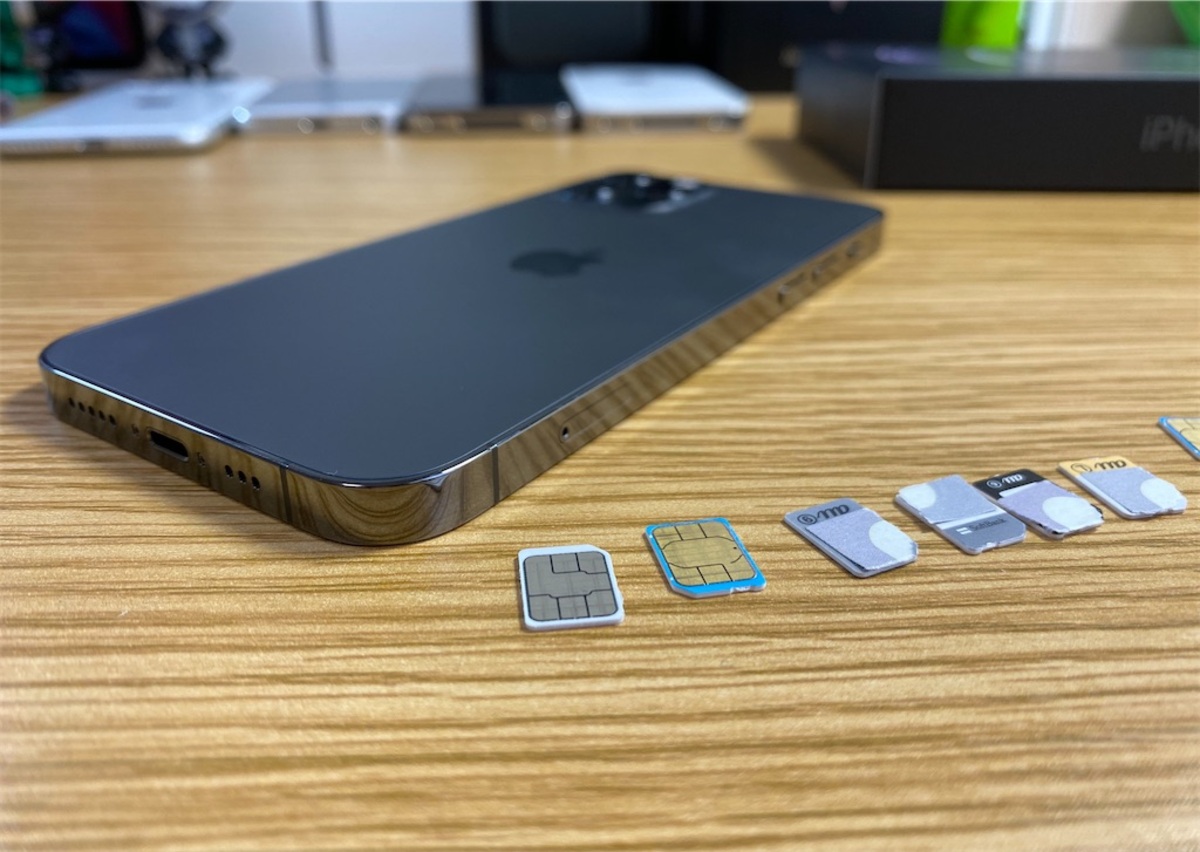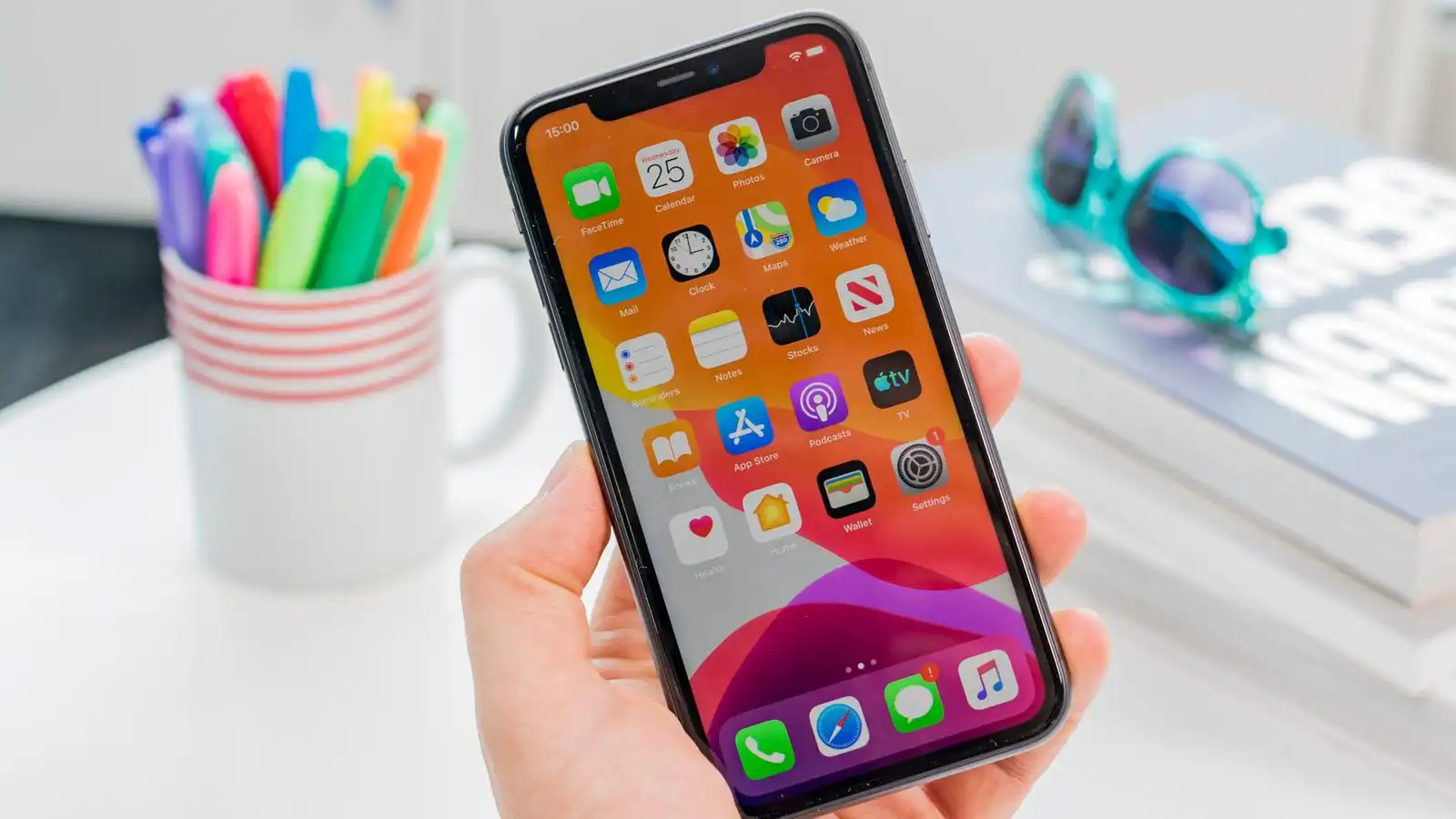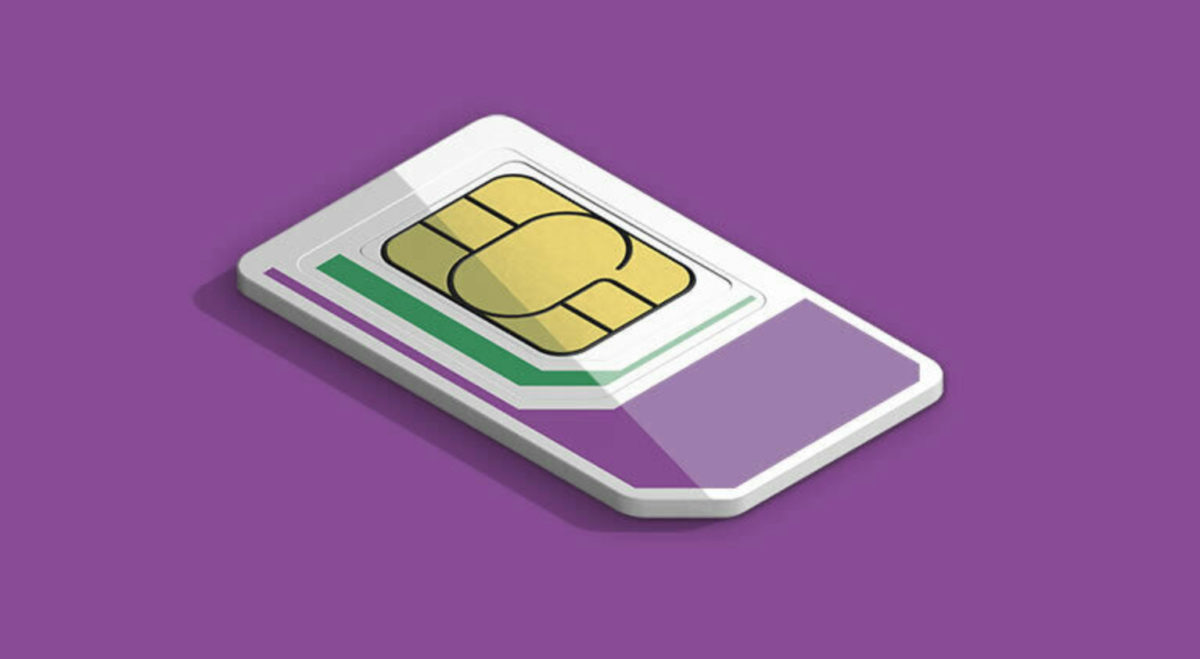Introduction
In today's fast-paced digital age, mobile devices have become an indispensable part of our daily lives. From staying connected with loved ones to accessing a world of information at our fingertips, the role of smartphones and other mobile devices cannot be overstated. At the heart of these devices lies a small yet crucial component known as the Subscriber Identity Module (SIM) card. Despite its diminutive size, the SIM card plays a pivotal role in enabling communication and connectivity, making it essential for the smooth functioning of mobile devices.
Understanding the significance of the SIM card entails recognizing its primary function. Essentially, the SIM card serves as the unique identifier for a mobile subscriber within a cellular network. It contains vital information, including the subscriber's phone number, network authorization data, contacts, and text messages. Moreover, SIM cards are not limited to just smartphones; they are also used in tablets, smartwatches, and other cellular-enabled devices.
Given the fundamental role of SIM cards, it is imperative to ensure that they are functioning optimally. However, users may encounter various issues related to SIM card functionality, which can hinder their overall mobile experience. From signal loss and network connectivity problems to SIM card detection issues, these challenges can be frustrating and disruptive.
Thus, it becomes essential for users to be equipped with the knowledge and tools to troubleshoot and diagnose potential SIM card issues. By understanding the common problems associated with SIM cards and knowing how to assess their functionality, users can effectively address these issues and restore seamless connectivity to their mobile devices.
In the following sections, we will delve deeper into the intricacies of SIM cards, explore common issues that users may encounter, and provide comprehensive steps to check the functionality of a SIM card. By gaining a deeper understanding of these essential components, users can navigate the complexities of mobile connectivity with confidence and ease.
Now, let's embark on a journey to unravel the mysteries of SIM cards and equip ourselves with the knowledge to ensure their optimal functionality.
Understanding SIM Cards
A Subscriber Identity Module (SIM) card is a small, removable smart card that is inserted into mobile devices to facilitate communication over cellular networks. At its core, the SIM card serves as a unique identifier for the subscriber within the network, enabling seamless connectivity and access to mobile services. The SIM card contains essential information, including the subscriber's phone number, network authorization data, contacts, and text messages. This vital data is securely stored on the SIM card, ensuring that the user's identity and connectivity preferences are readily accessible.
In addition to its role as a unique identifier, the SIM card also plays a crucial role in authenticating the subscriber's access to the mobile network. When a user attempts to connect to a cellular network, the SIM card provides the necessary credentials to verify the user's identity and authorize network access. This process is essential for ensuring the security and integrity of the mobile network, as it prevents unauthorized users from accessing network services.
Furthermore, SIM cards are not limited to smartphones; they are also utilized in a wide range of cellular-enabled devices, including tablets, smartwatches, and IoT (Internet of Things) devices. This versatility underscores the ubiquity and importance of SIM cards in modern connectivity ecosystems.
From a technical standpoint, SIM cards come in various form factors, including the standard SIM, micro-SIM, and nano-SIM, each designed to accommodate different device specifications. The evolution of SIM card technology has also led to the emergence of embedded SIM (eSIM) solutions, which integrate SIM functionality directly into the device's hardware, eliminating the need for a physical SIM card.
In summary, SIM cards are indispensable components of modern mobile communication, serving as the linchpin that enables users to connect, communicate, and access a myriad of services over cellular networks. Their multifaceted role as unique identifiers, authentication tokens, and data repositories underscores their significance in the seamless functioning of mobile devices. Understanding the intricacies of SIM cards is essential for users to appreciate their vital role in enabling connectivity and to troubleshoot potential issues effectively.
Common Issues with SIM Cards
Signal Loss:
Users may encounter situations where their mobile devices display "No Service" or "No Signal" despite being in an area with adequate network coverage. This can be attributed to issues with the SIM card, such as improper insertion, physical damage, or network-related issues.
Network Connectivity Problems:
Intermittent loss of network connectivity or the inability to establish a stable connection can stem from SIM card malfunctions. This can manifest as dropped calls, slow data speeds, or an inability to send or receive text messages.
SIM Card Detection Issues:
At times, mobile devices may fail to recognize the inserted SIM card, leading to error messages such as "SIM Card Not Detected" or "Insert SIM Card." This can occur due to a faulty SIM card, improper insertion, or issues with the device's SIM card reader.
Roaming and International Compatibility:
When traveling internationally, users may face challenges related to roaming and international compatibility. Issues such as inability to connect to local networks, exorbitant roaming charges, or conflicting network standards can arise due to SIM card limitations.
SIM Card Locking:
Users may inadvertently trigger SIM card locking mechanisms by entering an incorrect PIN or PUK code multiple times. This can result in the SIM card being permanently locked, requiring intervention from the mobile service provider to resolve the issue.
Data and Connectivity Settings:
Incorrect data and connectivity settings on the device can lead to SIM card-related issues, impacting the ability to access mobile data, make calls, or send text messages. This can occur due to misconfigured settings or software updates that disrupt network connectivity.
Physical Damage:
Physical damage to the SIM card, such as scratches, bends, or exposure to moisture, can impair its functionality. This can lead to erratic behavior, including intermittent signal loss, network connectivity issues, and data transfer errors.
SIM Card Expiration:
In some cases, SIM cards may expire due to prolonged inactivity or adherence to specific validity periods. This can result in the deactivation of the SIM card, rendering it unusable until reactivation or replacement.
Network Provider Issues:
Issues stemming from the network provider, such as billing discrepancies, account suspension, or network outages, can indirectly impact SIM card functionality, leading to disruptions in service availability and network connectivity.
Compatibility and Device Limitations:
Certain devices may have limitations regarding the compatibility of SIM cards, especially when transitioning between different generations of SIM card technology. This can result in compatibility issues, requiring users to obtain compatible SIM cards for their devices.
Recognizing and addressing these common issues is crucial for maintaining optimal SIM card functionality and ensuring uninterrupted mobile connectivity. By understanding the nature of these challenges, users can take proactive measures to troubleshoot and resolve SIM card-related issues effectively.
Steps to Check the Functionality of a SIM Card
-
Verify Signal Reception:
- Ensure that the mobile device displays adequate signal strength. If the signal indicator shows low or no signal, it may indicate a SIM card or network-related issue.
-
Restart the Device:
- Restart the mobile device to refresh its network connections and reinitialize the SIM card. This simple step can resolve temporary glitches affecting the SIM card's functionality.
-
Check SIM Card Insertion:
- Power off the device and carefully remove the SIM card. Inspect it for any signs of physical damage, such as scratches or dents. Reinsert the SIM card securely and ensure that it sits properly in the SIM card tray.
-
Verify SIM Card Compatibility:
- Confirm that the SIM card is compatible with the mobile device. Different devices may require specific types of SIM cards, such as standard SIM, micro-SIM, or nano-SIM. Ensure that the SIM card matches the device's specifications.
-
Test in Another Device:
- If possible, insert the SIM card into another compatible device to check if it functions properly. This can help determine whether the issue lies with the SIM card or the device itself.
-
Check Network Settings:
- Review the device's network settings to ensure that the SIM card is selected as the primary network source. Additionally, verify that data roaming settings are configured correctly, especially when using the device in different regions or countries.
-
Contact Network Provider:
- Reach out to the mobile network provider to inquire about any potential network issues or account-related restrictions that may be affecting the SIM card's functionality. The network provider can also assist in troubleshooting specific SIM card issues.
-
Test Call and Data Connectivity:
- Place a test call and attempt to access mobile data to assess the SIM card's connectivity. Verify if the device can establish voice calls and access data services without encountering disruptions.
-
Check for SIM Card Locking:
- Ensure that the SIM card is not locked due to multiple incorrect PIN or PUK code entries. If the device prompts for a PIN or PUK code, enter the correct codes to unlock the SIM card and restore its functionality.
-
Monitor for Error Messages:
- Pay attention to any error messages or notifications related to the SIM card. Error messages such as "No SIM Card Detected" or "SIM Card Error" can provide valuable insights into potential issues.
By following these steps, users can systematically assess the functionality of their SIM cards and identify potential issues affecting their mobile connectivity. Taking proactive measures to troubleshoot SIM card-related issues can contribute to a seamless and uninterrupted mobile experience.
Conclusion
In conclusion, the Subscriber Identity Module (SIM) card stands as a foundational element in the realm of mobile communication, serving as the linchpin that enables seamless connectivity and access to a myriad of services over cellular networks. Understanding the intricacies of SIM cards and being equipped with the knowledge to troubleshoot potential issues are essential for users to ensure the optimal functionality of their mobile devices.
Throughout this exploration, we have delved into the multifaceted role of SIM cards, from serving as unique identifiers and authentication tokens to facilitating secure access to mobile networks. We have also gained insights into the common issues that users may encounter, including signal loss, network connectivity problems, SIM card detection issues, and international compatibility challenges. By recognizing these common issues, users can proactively address them, thereby ensuring uninterrupted mobile connectivity.
The comprehensive steps provided for checking the functionality of a SIM card offer a systematic approach for users to assess and troubleshoot potential issues. From verifying signal reception and checking SIM card insertion to testing call and data connectivity, these steps empower users to take proactive measures in diagnosing and resolving SIM card-related challenges. By following these steps, users can navigate the complexities of SIM card functionality with confidence and ease, ultimately enhancing their mobile experience.
It is crucial for users to recognize the pivotal role of SIM cards in enabling seamless communication and connectivity. By understanding the significance of SIM cards and being aware of potential issues, users can take proactive measures to maintain the optimal functionality of their SIM cards, thereby ensuring uninterrupted mobile connectivity.
In essence, the journey to unravel the mysteries of SIM cards equips users with the knowledge and tools to navigate the intricacies of mobile connectivity. By fostering a deeper understanding of SIM cards and their role in mobile communication, users can embark on their mobile endeavors with confidence, knowing that they are well-prepared to address potential SIM card-related challenges and maintain uninterrupted connectivity.
As we continue to embrace the ever-evolving landscape of mobile technology, the role of SIM cards remains steadfast in enabling seamless connectivity and empowering users to stay connected, informed, and engaged in a rapidly evolving digital world.







